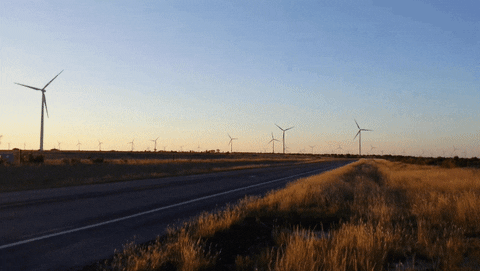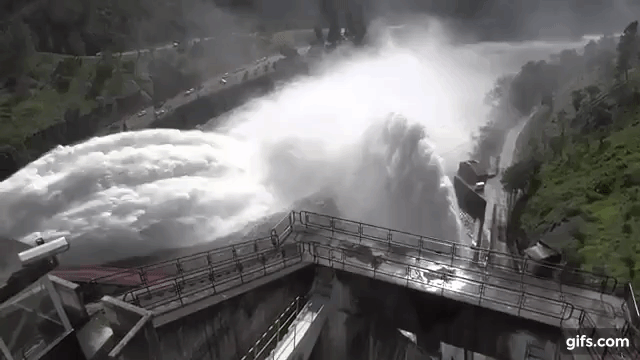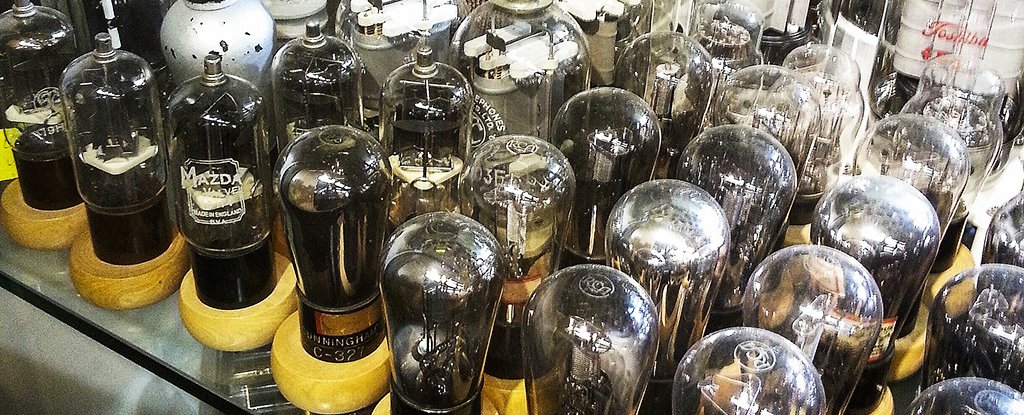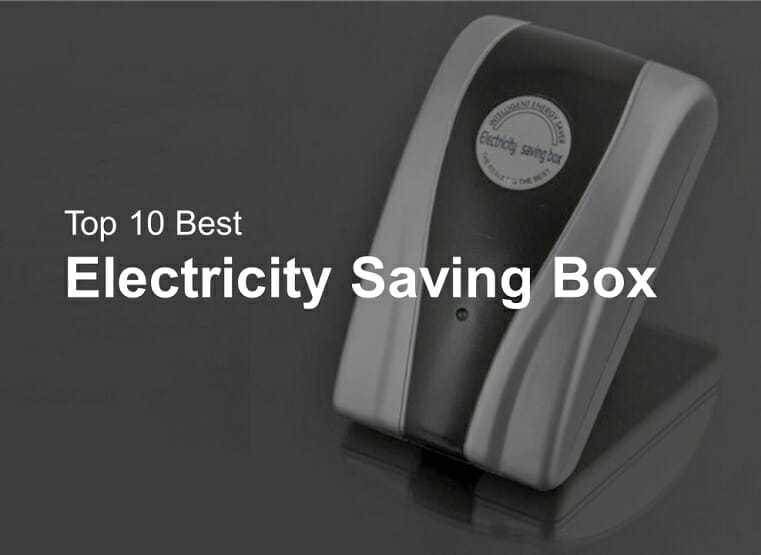The Water and Electricity Crisis.
For most of us, having electricity and water in our homes, schools or offices is a foregone conclusion. These days, turning on the tap and finding that water is freely flowing no longer merits hurrahs and hallelujahs. In the same vein, connecting a charger to your mobile phone and seeing the battery bar virtually fill up should no longer come as a surprise. Indeed, water and electricity are ubiquitous, that life without them is unimaginable.

Water and Electricity Crisis (Image credit: Reddit)
This, however, is not the case for everyone. Currently, there are 650 million people without access to water, and more than a billion without access to electricity. And with the continuous growth in the world’s population, which spurs a proportional increase in the demand for power and water, meeting the future demand for the two assets is set to become more challenging in the coming years. As power and water are intertwined in more ways than one, a collective analysis of both holds the potential to greatly help stakeholders in coming up with sustainable solutions to the world’s escalating utility challenges.
How power and water are intertwined
Water for power
All types of electric power generation involve the use of water, either in processing raw materials utilized in the energy facilities, constructing or maintaining power plants, or in producing electricity. In fact, even renewable sources of energy, like solar and wind, which use very little or no water in generating energy, may still require water in the development of raw materials used in building turbines and solar panels.

Water and Electricity Crisis (Image credit: Giphy)
One of the methods of power generation that is highly dependent on the availability of water is, of course, hydropower generation. A consistent supply of water is extremely important in hydropower plants, that even minute variations in rainfall and ambient temperature, and a small dip in water levels in dams and reservoirs can have a huge effect on hydropower generation and on the health of the turbines.
Water-related weather phenomena like droughts, El Niño, or floods can lead to exceedingly low levels of water in dams, or to destruction of and damage to turbines due to silt, respectively. When these happen to hydropower plants, a shortage in electricity supply may ensue, which may jeopardize business and industrial operations, and the daily activities of common residents.
Power for water
Water supply and sewage disposal requires power. A considerable amount of electricity is needed to extract, transport, treat and use water in urban and rural areas. For instance, drinking water must be pumped to treatment facilities, pre-treated, and then pushed or transported to consumers. According to experts, energy consumed in pumping groundwater is within the area of 537 kWh and 2,270 kWh per million gallons depending on the pumping depth.

Water and Electricity Crisis (Image credit: Giphy)
Water desalination is another process that involves a copious amount of power. As fresh water may not always be abundant or available, salt water is desalinated to produce water suitable for human consumption or irrigation. Compared to extracting water from rivers or the ground, water recycling or water conservations process, desalination entails a relatively increased level of electricity.
Managing power and water for the next generations
In the interest of maintaining a buoyant supply of power and water for the future, there is a steady drumbeat on harnessing viable alternative sources of energy that only require a negligible amount of water, or are completely independent. But as one may predict, the adoption of nascent technologies cannot happen overnight nor even in a span of few years. There are numerous factors involved in shifting a paradigm, and for new technologies to gain traction, all variables should fall into place, and all parties involved should agree to head to the same direction.

Water and Electricity Crisis (Image Source: Altaaqa Global)
While industry experts are looking into the wider adoption and improvement of renewable energy sources, like solar and wind, they may find merit in tapping the support of other stable power technologies, like multi-megawatt temporary power solutions. As the world transitions to water-friendly, alternative power sources, the need of the hour is to find a balanced energy mix – traditional, renewable and temporary – where sources complement each other to create a system capable of providing the most sustainable and stable electricity supply possible
This article is sponsored by Altaaqa Global Caterpillar Rental Power.















